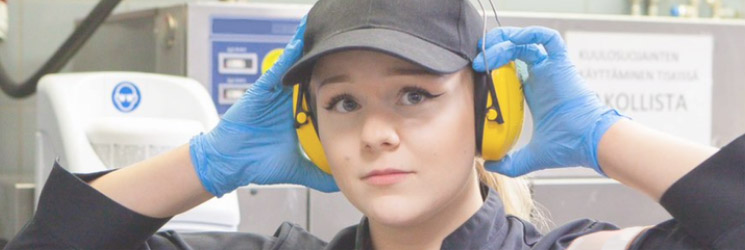

Working conditions
Biological agent risk groups
Biological agents are divided into four groups for risk assessment and management purposes. The risk groups determine which actions are necessary according to the Government Decree, such as prevention, control methods, advance notices and health examinations.
The classification is based on answers to the following questions:
- Is the biological agent pathogenic to humans?
- Is the biological agent transmissible to the community?
- Is there an effective treatment or prophylaxis available?
A group-1 biological agent means one that is unlikely to cause human disease.
The Government Decree stipulates that good occupational safety and health and occupational hygiene practices must be observed when handling group-1 biological agents.
A group-2 biological agent means one that can cause human disease and might be a hazard to employees, although it is unlikely to spread to the community and in respect of which there is usually effective prophylaxis or treatment available.
A group-3 biological agent means one that can cause severe human disease and presents a serious hazard to employees and which may present a risk of spreading to the community, although there is usually effective prophylaxis or treatment available.
A group-4 biological agent means one that causes severe human disease and is a serious hazard to employees and which may present a high risk of spreading to the community and in respect of which there is usually no effective prophylaxis or treatment available.
If there are unclassified biological agents that pose a risk to human health present at the workplace, it is the employer’s duty to consult the aforementioned classification criteria to determine the appropriate risk groups.

